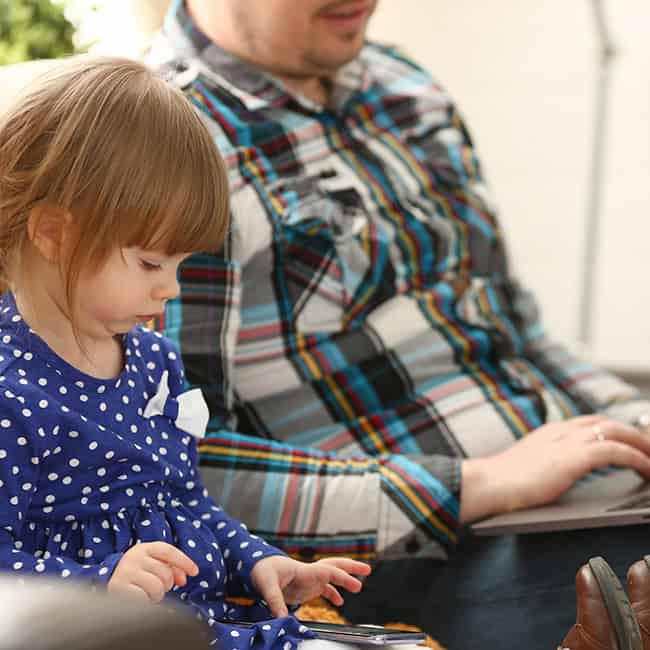As a mom of two, I have found that planning for anything can be challenging. Each child has his/her own interests and needs; one is potty-trained, one is not. One likes trucks, the other likes dollies. Planning for a trip, a birthday party, or even weekly activities has become a delicate balance of meeting the needs of two very small, yet still very different, people.
Looking toward the future, my husband and I are committed to saving for their college education. Both children had 529 accounts set up the week they were born, and any monetary gifts they have received over the years have been deposited into their respective accounts.
When I look at the savings accounts, though, it is clear that my older child has a significant advantage. When we first started saving, any funds we were able to allocate to college savings went into his account. He also had the advantage of being the first nephew and first grandchild in our family, so everyone was eager to contribute. He also has two and a half years of market growth on his side.
When my daughter came along, we found that everything couldn’t be focused on my son, but that we needed to share our resources (time, energy, and money) between our children. Financially, this meant that the funds that were before going just to my son’s account now were split between them.
This obviously creates a slight disadvantage for my daughter, but we’ve come up with a plan. Right now, both children are in daycare. However, my son starts kindergarten next year. That will create a surplus in our budget—and we have decided that we’ll allocate a portion of that difference into my daughter’s savings. And, once she’s in Kindergarten, we’ll revisit our budget and determine the best way to save between them.
We also always encourage family and friends who are eager to give to consider a contribution to the college savings accounts. We certainly do not need any more toys.
When the time comes for our kids to go to college, my husband and I have made the commitment to be fair when it comes to actually paying for college. And that feels like a long way away—but I know it will be here faster than I can imagine. When the time comes, we’ll have the financing discussion with each child—and be fair with our contributions.
We know our savings likely will not cover the entire cost of college, but we’ll be sure to contribute equally once the time comes. So, for example, should my son have $25,000 saved, we would be able to contribute $6,250 for each year of four years of college. If my daughter only has $20,000, we’ll have a difference of $1,250 per year. Our plan will be to absorb that difference for her, per year, to keep it even.
Again. This is YEARS down the road. We don’t know what will happen between now and then. What we do know is that saving, even a little, makes a difference in the long run. And we know we are doing our best by both kids. And we also know that, when the time comes, we will make the smart financial decisions to help them ease the burden of paying for college. What is most important, right now, is that we’ve started to save, and that we have a plan in place.













